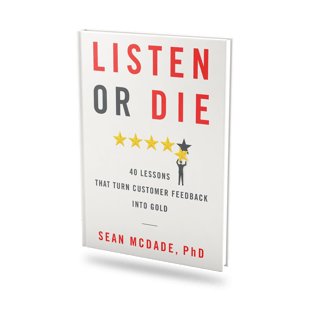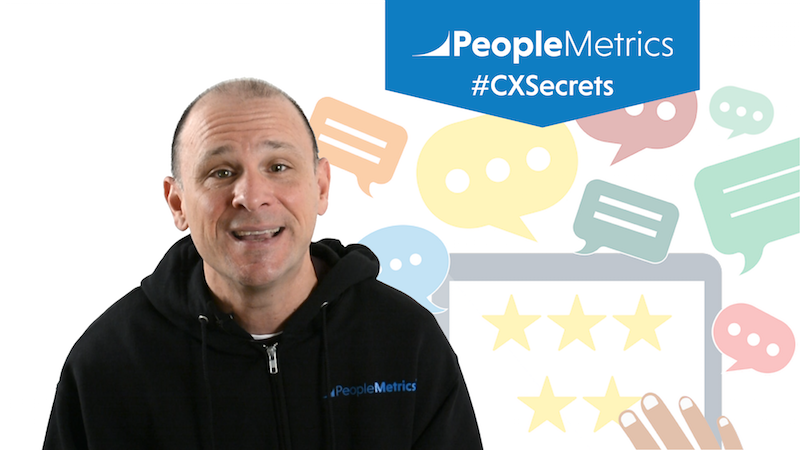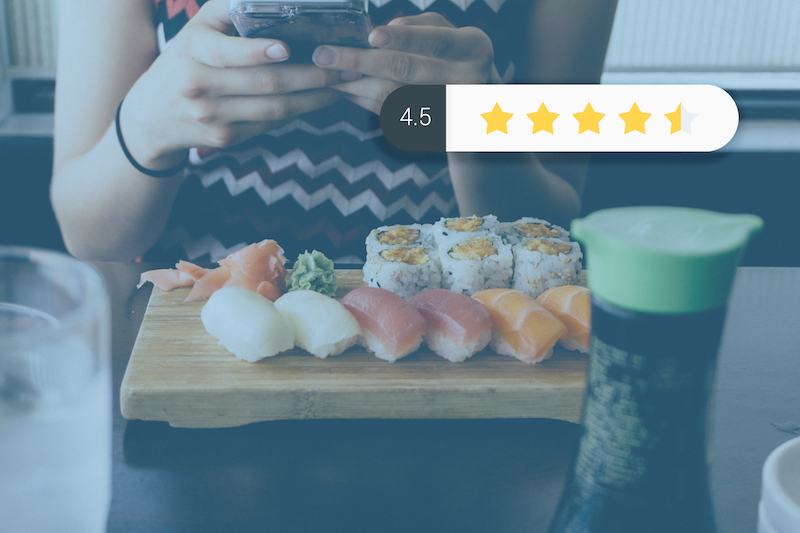We all remember that dreaded phone call. After working all day, you'd pull out your chair to sit down for a family dinner and the phone would ring. You'd roll your eyes and walk over to pick it up. A stranger's voice would then ask if you had a few minutes to answer some questions about a recent experience you had with a company. Really? Right now? "Please call back later, I'm having dinner with my family." You'd hang up the phone and go back to the dinner table. "Now where were we?"
We don't receive as many of those phone calls anymore, but we do still hear from companies asking to share our recent experiences either in a way or at a time that is not convenient for us.
But that doesn't mean we aren't willing to provide feedback. In fact, we as consumers are more eager to openly provide feedback to companies than ever before. We just want to do it on our terms.
In this edition of #CXSecrets, I will explore the power shift in feedback collection from companies to customers, and reveal the advantages of letting your customers provide feedback any way they want, any time they want.
Watch this edition of #CXSecrets above, or click here to download the video transcript.
There has been a power shift
I’ve been in this business for a long time. When I first started, we would call customers on the phone - on our time - to ask them for feedback. We’d call them at dinnertime, we'd call them late at night, we’d call them over the weekend...
Back then, the power was definitely in the hands of the organization asking for feedback. But now all of that has changed. The power of the feedback mechanism has shifted from the company to the customer.
The review era
Today, the internet and social media and sites likes Yelp, Twitter, Facebook and TripAdvisor now allow people to provide feedback on their terms, on their time, and share it publicly.

People today are in the habit of sharing feedback. This is really important in the customer experience space because now the anonymity of that feedback has pretty much gone away.
In other words, if a customer has a poor experience and they put it in a survey, not only do they not mind if other people know about it, but they also expect someone to follow up and fix it.
Put the power in customers' hands
These days, it's not good enough to only provide one way for customers to provide feedback. Feedback collection used to be by telephone, then it became email surveys - but now, you have to think about other ways - like sending them a text survey, or a link to a survey in a text invite, or providing an opportunity in-moment to provide feedback.
Organizations need to realize that the power has shifted and adjust to the consumer. Think about this as you're designing your Voice of the Customer program.
This is a good thing!
Consumers today are willing to provide more feedback than ever before, but you have to provide the opportunity for them to do that on their own terms. If they want to give you feedback at 3 in the morning, allow them to do that. If they want to give feedback in the moment, allow them to do that.
In any event though, no matter when your customers provide feedback, you have to be prepared to respond at an individual level in a timely manner.

Don't limit feedback opportunities
You can yield great advantage over your competition if you maintain the mindset that the customer is in charge and you are going to adjust your feedback collection strategy accordingly.
If you provide more opportunities for your customers to give feedback on their terms, you will receive higher quality feedback more frequently than ever before; ultimately enriching your dataset and allowing you to better understand the best ways to serve your customers moving forward.
More #CXSecrets
Thanks for joining us for another edition of #CXSecrets, a video series capturing bonus material from my book Listen or Die: 40 Lessons That Turn Customer Feedback into Gold.

Visit our YouTube channel to see all of the videos in the series, or click the links below to see other videos in the series:
| « PREVIOUS: Use Internal Benchmarking to Quickly Enhance CX |
| NEXT: Collecting Feedback IS a Touchpoint » |
Sean McDade founded PeopleMetrics in 2001 and he is the architect of the company’s customer experience management (CEM) software platform. As CEO, he guides the company’s vision and strategy. Sean has over 20 years of experience helping companies measure and improve the customer experience. Earlier in his career, he spent five years at the Gallup Organization, where he was the practice leader of their consulting division. His company offers CEM software with advanced machine learning solutions and hands-on analytical support to help companies make sense of their CX data. Sean holds a Ph.D. in Business Administration with a specialization in marketing science from Temple University in Philadelphia. He has published eight articles in peer-reviewed scholarly journals and has taught over 25 marketing classes. Sean was named a 40 under 40 award recipient of the Philadelphia region. He is an active Angel Investor, including investments in Tender Greens, CloudMine and Sidecar.
P.S. What did you think of this blog post?
 |
 |
 |









%20(1).png)